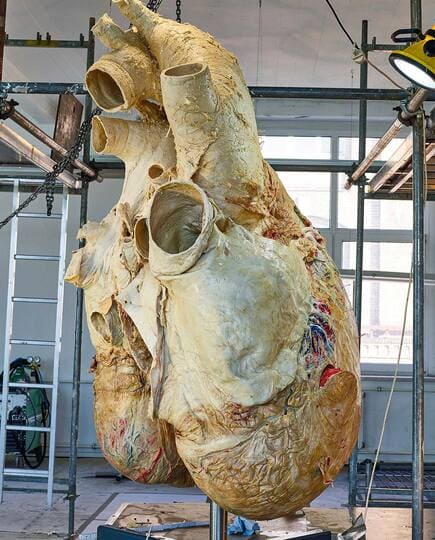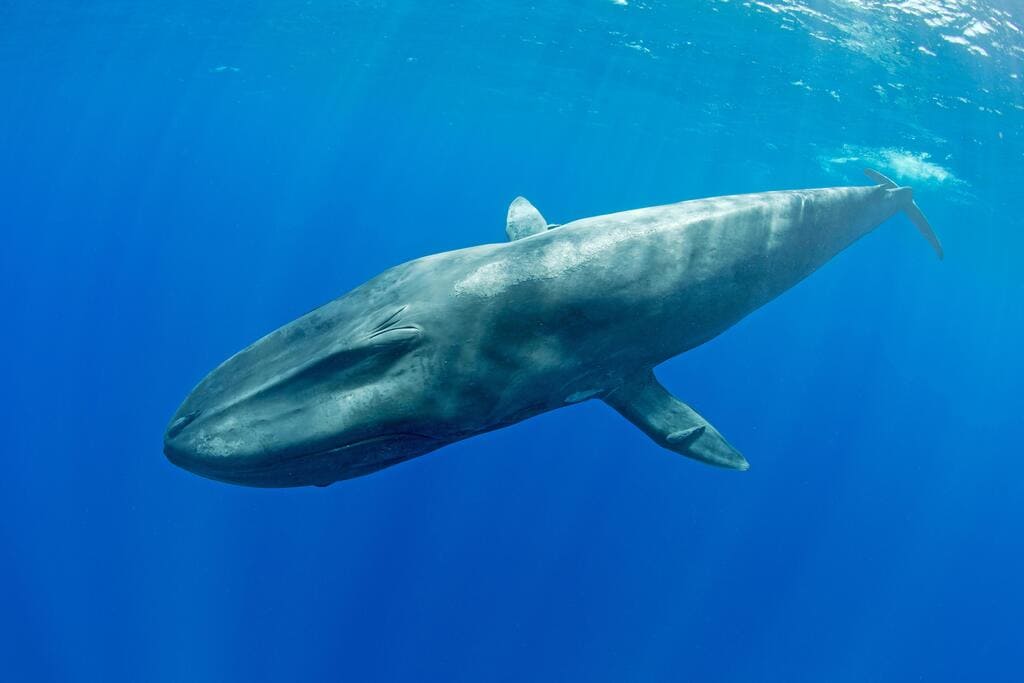
The world’s largest heart belongs to the blue whale, the largest animal on Earth. The blue whale can grow up to 100 feet long and weigh up to 200 tons, making it larger than any dinosaur that ever lived. In 2015, a team of scientists discovered a blue whale carcass on a beach in Newfoundland, Canada.
The whale had died after being trapped in ice, and its body had drifted to shore. The scientists performed an autopsy on the whale, revealing a heart that weighed 400 pounds and was the size of a small car.
The Significance of the World’s Largest Heart:

The discovery of the world’s largest heart has provided scientists with valuable insights into the physiology of the blue whale and other large animals. The blue whale’s heart is so large that it can be heard from over two miles away, and its heartbeat can be detected even through a thick layer of blubber.
The heart’s enormous size is necessary to pump blood to every part of the whale’s body, including its massive tail, which is essential for propulsion through the water.
The blue whale’s heart is also notable for its relatively low heart rate, which is only about 10 beats per minute when the whale is at rest. This slow heart rate allows the whale to conserve energy when it is not actively swimming, which is important for an animal that must consume vast amounts of food to sustain its enormous body.
The blue whale’s heart is also very efficient. It has four chambers, just like a human heart, but they are much larger. The left ventricle, which pumps blood to the body, is the size of a Volkswagen Beetle.
The blue whale’s heart is a marvel of engineering. It is strong enough to pump blood throughout the whale’s massive body and efficient enough to do so with very little effort. The blue whale’s heart is a testament to the power of nature and the ingenuity of evolution.
Information on The Blue Whale

The blue whale is a marine mammal belonging to the baleen whale suborder Mysticeti. At 30 meters (98 ft) in length and 173 tonnes (190 short tons) or more in weight, it is the largest animal known to have ever existed.
In addition to varying shades of bluish-grey on the dorsal surface, the blue whale’s underside can appear quite light.
Until the beginning of the 20th century, blue whales could be found in nearly all the oceans of the world. Due to commercial whaling, they became extinct in some areas and severely depleted in others. The International Whaling Commission estimates there are now between 10,000 and 25,000 blue whales worldwide.
Blue whales are filter feeders, meaning they eat by filtering small organisms out of the water. They have a large mouth lined with baleen plates, made of keratin, the same material that makes up human hair and nails. The baleen plates are arranged in rows and are used to strain food from the water.
Blue whales are preyed upon by killer whales and sharks. They are also susceptible to entanglement in fishing gear and ship strikes.
What We Can Learn from the World’s Largest Heart

The world’s largest heart has taught us much about the biology and physiology of the blue whale, but it can also teach us important lessons about our own hearts and health. The heart is a remarkable organ that works tirelessly to keep us alive but is also vulnerable to disease and damage.
Heart disease is one of the leading causes of death worldwide, and many of the risk factors for heart disease are preventable through lifestyle changes such as healthy eating, regular exercise, and not smoking.
The blue whale’s heart is a testament to its incredible power and resilience, but it also reminds us of the importance of care for our own hearts. By making healthy choices and caring for our bodies, we can help ensure that our hearts continue to beat strong and steady for years to come.
Conclusion:
The world’s largest heart is a truly awe-inspiring feat of nature that has captured the imagination of scientists and laypeople alike. Its discovery has provided valuable insights into the biology and physiology of the blue whale and other large animals.
For More Information











